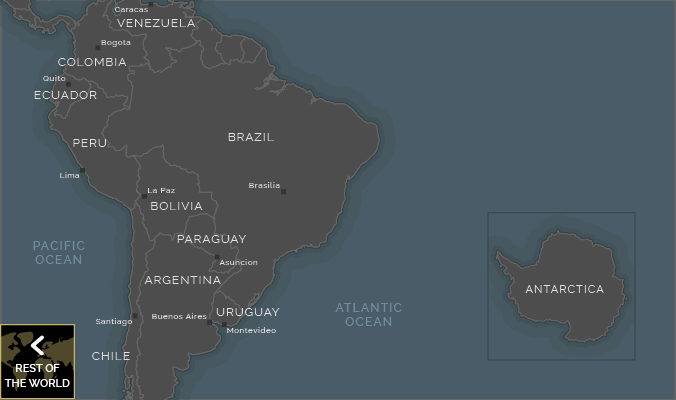Lima, the only oceanfront capital city in Latin America and gateway to Peru`s mi- llenary culture, will be the starting point of this extraordinary voyage of artistic and culinary discovery.
When in Lima, it is a must to immerse your- self in a genuine, local cevicheria experience. To delve deep in the understan- ding of Peru´s trademark dish we share the table with re-nowned chef Diego Alcantara, who enthusiastically recounts the history of ceviche and explains how its modern ver- sion has a tremendous Japanese influence.
What better way to understand 3,000 years of Peruvian history than through 1,200 sam- ples of the country´s finest art, ranging from pre-Columbian and Inca ceramics, textiles and metallury, up to modern abstract works. On a private tour with the curator, we explo- re the newly reopened Art Museum of Lima, known as MALI, which holds one of the most important art collections in Latin America, housed in an ironwork palace originally built by the Eiffel Company.
“Back in the 1500`s this was prime real state“ states Maru de Aliaga, after a warm greeting and a soothing pisco sour. Maru, who belongs to the 17th generation of the Aliaga family, hosts our private dinner in this oldest colonial mansion in Lima, and perhaps all of South America.
The Casa Aliaga was built in 1536 on a piece of land given by Francisco Pizarro to Geróni- mo de Aliaga, his main lieutenant. Maru has lived in the house since she was 7 years old, and knowing its past inside out, she master- fully intertwines Peruvian history with that of her own family.
Maru guides us on a 500-year journey back in time, exploring the mansion’s luxurious interior with rich decorative wood and trim carving, elaborated sculptures, as well as elegant colonial art and furniture.
We explore our Bohemian side and walk around Lima’s artistic Barranco district, arriving at the stunning bright blue historic residence that houses Las Pallas art gallery. This quality collection, founded 27 years ago by the charismatic Welsh immigrant Mari Solari, displays traditional crafts and folk art from the three major regions of Peru: coast, Andes and Amazon.
We stay in Barranco to dine on criollo cuisine at the stylish 1906-renovated tavern Isolina Taberna Peruana, gifted with the company of Jorge Riveros-Cayo, award-winning journalist and self-declared incurable foodie.
Criollo cuisine is inherited from the Spanish
and African slaves who cooked in their kit- chens, yet this food is found far more frequent- ly in the kitchens of Limeña grandmothers than in restaurants, making Isolina a rare
treat of home-style cooking. The owner, José del Castillo, who named the restaurant after his mother, has resurrected traditional fami- ly recipes such as cuchareo, slang for tender,
slow-cooked meats eaten with a spoon, like the rich osso buco estofado cooked for four hours in red wine and herbs.
A short drive takes us to the very traditional neighborhood of San Isidro, where we disco- ver one of the worlds most exquisite private colonial art collections in the residence of the
late Eduardo Barbosa and his wife Silvia Stern. Silvia and son Aldo personally guide us through the myriad of Vice-regal master- pieces of painting, sculptures, silverware and art objects that elucidate more than four cen- turies of Spanish art.
